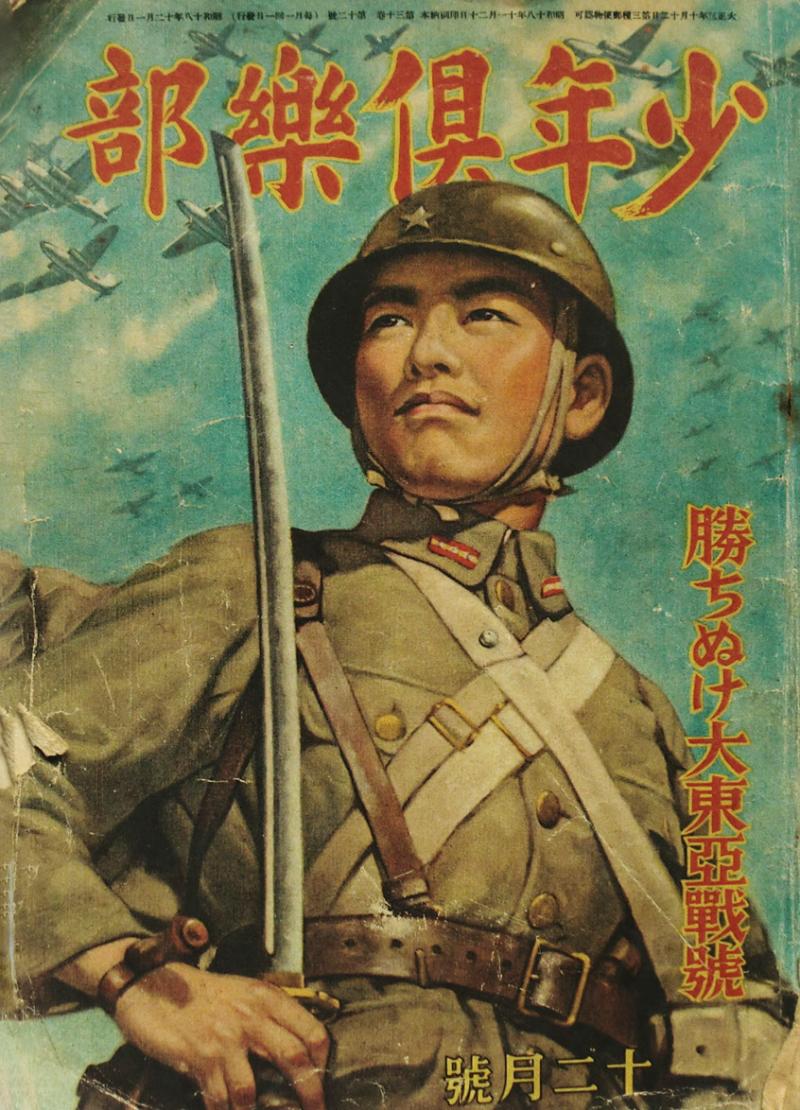A Very Good Original WW2 Issue Japanese NCO's Katana With Matching Number's. Regulation 1935 Type 95. A WW2, Capture Souvenir of 1945
It is from a WW2 veteran’s {exchanged} war trophies, direct from the family of the veteran, and never before seen upon the open collector’s market
Kokura Arsenal marks to fuchi, And original matching saya. Aluminum handle construction. Wrapping and menuki are cast-formed painted to resemble the lacing (ito) on officer's shin-gunto swords. Typical WWII Imperial Japanese Army style fittings. Pierced tsuba issue. Single suspension ring from the scabbard. It is said that during battle soldiers would not use the ring but rather would stick the sword through the belt the same way the Samurai in the old days would.
From the Technical handbook on Japanese military Forces
WARRANT AND NONCOMMISSIONED OFFICERS. Warrant officers (Junshikan) are usually selected by the promotion of noncommissioned officers and are treated as officers. There are only three ranks of noncommissioned officer (Kashikan): sergeant major; sergeant; and corporal. In addition to those obtained by regular promotion and those who are recalled to duty from the reserve, noncommissioned officers are recruited mainly from the following sources:
a. Noncommissioned officer schools. Conscripts who after about 3 months' active service in the Army volunteer to become noncommissioned officers and after 9 additional months in special training with troops are selected to become noncommissioned officer candidates (Kashikan Kohosha). They are then given a period of training, formerly 1 year but now shortened, at one of the noncommissioned officer schools (Kyodo Gakko) or at one of the Army branch schools or service schools.
Noncommissioned officer candidates are trained at one of the noncommissioned officer schools at Sendai, Kumamoto, Toyohashi, and Kungchuling (Manchuria). These schools are devoted almost entirely to infantry,
DECORATIONS AND AWARDS. The granting of medals, decorations, and citations for valour, distinguished and meritorious service, good conduct, and long service figures prominently in the Japanese military system. In peace, decorations are awarded by boards assembled at the War Ministry or important military stations, on the recommendation of divisional commanders. In the field, Army commanders may award up to and including the fifth class of the Order of the Golden Kite. All awards are finally approved by the War Ministry Boards, and decorations are issued, with a certificate from the Emperor, to the commanders of units concerned. They are distributed to officers by the divisional commander and to enlisted men by the unit commander. Decorations are returned to the War Ministry on the death of the recipient. All soldiers who have served with good conduct in a campaign receive a decoration or medal of some kind.
Swords as this were captured by US Marine officers and men in March 1945 at Iwo Jima, and taken as much prized souvenirs of the terrifying hand to hand combat engaged by the Pacific Theatre combatants. As they were also similarly taken by the magnificent British & Commonwealth allied combatants in Asia. Although the names of those veterans are most sadly often now lost in the mists of time, their heroic excursions with never be forgotten by most of us, as they are also symbolised by these very war trophies, that hundreds of thousands of allied veterans perished for, in order for the survivors to regain world freedom, cruelly stolen by the Axis Powers. Of course not all the world gained such freedoms at the end of 1945, but at least hundreds of millions did, which is a remarkable achievement, achieved by our finest generation, and by those that sacrificed all.
Code: 24713










